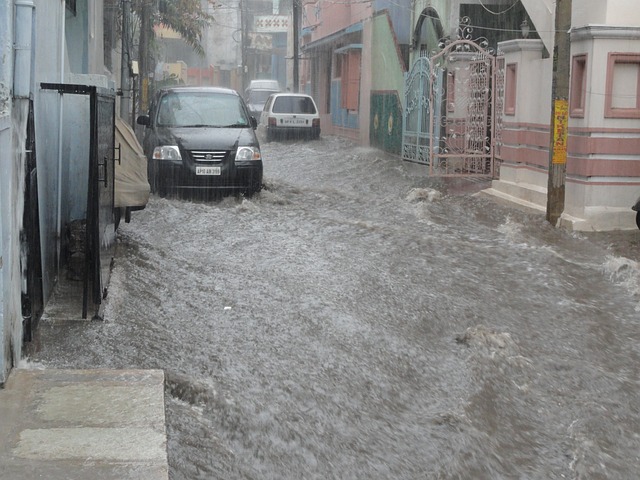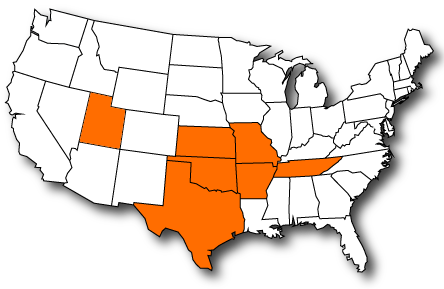Flood insurance is an essential part of homeownership for many residents in Arkansas, given the state’s susceptibility to flooding. In this blog, we will explore the cost of flood insurance in Arkansas, the factors that influence these costs, and the importance of securing adequate coverage.
Why Flood Insurance is Important in Arkansas
Arkansas is known for its diverse landscapes, including rivers, lakes, and wetlands. While these natural features add to the state’s beauty, they also contribute to its flood risk. Over the years, Arkansas has experienced significant flooding events, such as the historic flood of 2019 that caused extensive damage across the state. Homeowners in flood-prone areas must consider the financial implications of these natural disasters.

What is Flood Insurance?
Flood insurance is a type of property insurance that covers losses and damages caused by flooding. Unlike standard homeowners insurance, which typically does not cover flood damage, flood insurance provides specific protection against this peril. In the United States, the National Flood Insurance Program (NFIP), managed by the Federal Emergency Management Agency (FEMA), offers flood insurance to property owners in participating communities. Additionally, private insurers also provide flood insurance policies.
Factors Influencing Flood Insurance Costs
- Location and Flood Zone: The primary factor influencing flood insurance premiums is the location of the property. FEMA maps flood zones to determine the risk level. Properties in high-risk flood zones (Special Flood Hazard Areas) typically have higher premiums compared to those in low to moderate-risk areas.
- Elevation and Base Flood Elevation (BFE): The elevation of the property relative to the Base Flood Elevation (BFE) impacts the premium. Properties located below the BFE are at a higher risk of flooding and thus incur higher insurance costs.
- Building Characteristics: The age, construction type, and design of the building can affect insurance premiums. Homes built to flood-resistant standards often qualify for lower premiums.
- Coverage Amount and Deductibles: The amount of coverage chosen for the structure and contents, as well as the deductible selected, will influence the overall cost of the insurance policy.
- Community Rating System (CRS): Some communities participate in FEMA’s Community Rating System, which offers discounts on flood insurance premiums based on the community’s efforts to manage flood risks.
Average Cost of Flood Insurance in Arkansas
The average cost of flood insurance in Arkansas can vary, but as of recent data, the average annual premium for an NFIP policy is approximately $700. However, premiums can range from a few hundred dollars to several thousand dollars per year, depending on the factors mentioned above.
For example:
- A property located in a low-risk area might pay around $500 annually.
- A property in a high-risk flood zone could see premiums upwards of $1,200 or more annually.
- Properties with significant flood mitigation measures may benefit from lower premiums.
The Role of the NFIP and Private Insurers
Most flood insurance policies in the United States are provided through the NFIP. The NFIP sets standard rates based on flood risk, which can help make flood insurance more accessible and affordable for homeowners. However, in recent years, there has been a growing presence of private flood insurance providers. These private insurers can offer more flexible coverage options and sometimes more competitive rates, especially for properties in lower-risk areas.
Steps to Obtain Flood Insurance
- Determine Your Flood Risk: Use FEMA’s Flood Map Service Center to identify your property’s flood zone. This information is crucial in understanding your flood risk and potential insurance costs.
- Contact an Insurance Agent: Reach out to an insurance agent who is knowledgeable about flood insurance. They can provide quotes and help you understand your coverage options.
- Choose the Right Coverage: Decide on the amount of coverage needed for both the structure and its contents. Consider your deductible options and how they affect your premium and out-of-pocket costs in the event of a claim.
- Consider Flood Mitigation Measures: Implementing flood mitigation measures, such as elevating the property or installing flood vents, can reduce your flood risk and potentially lower your insurance premiums.
- Review and Purchase: Carefully review the policy details, including coverage limits, exclusions, and the claims process. Once satisfied, purchase the policy to ensure your property is protected.
Benefits of Flood Insurance
- Financial Protection: Flood insurance offers financial protection against flood-related damages, covering repair and replacement costs that can otherwise be overwhelming for homeowners.
- Peace of Mind: Knowing that your property is covered in the event of a flood can provide peace of mind, allowing you to focus on recovery rather than financial stress.
- Compliance with Lender Requirements: For properties in high-risk flood zones, mortgage lenders often require flood insurance as a condition of the loan. Maintaining adequate coverage ensures compliance with lender requirements.
- Support for Recovery: In the aftermath of a flood, having insurance can expedite the recovery process by providing funds for repairs and rebuilding.
Conclusion
By investing in flood insurance in Arkansas residents can protect their homes, safeguard their financial well-being, and gain peace of mind knowing they are prepared for potential flood events. Whether through the NFIP or private insurers, exploring flood insurance options is a prudent step for anyone living in or near flood-prone areas in the Natural State.
Find out how much flood insurance costs in Arkansas and ensure your home is protected. Get a personalized quote today and safeguard your investment from unexpected floods.


